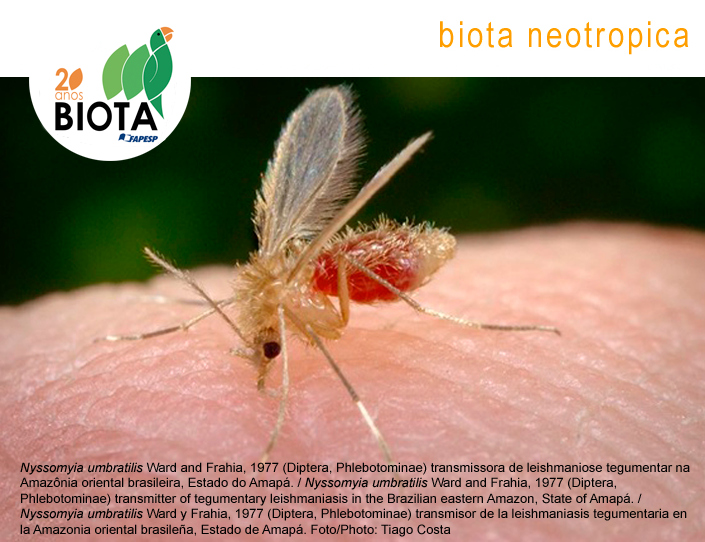Living at the top of the forest line: medium and large mammals in a high-mountain ecotone in Peruvian Central Andes
Abstract
Abstract: Among the ecoregions that comprise the high-Andean zone of the Tropical Andes, the Puna and the Yungas stand out for covering a large part of the Peruvian Eastern Andes. Located in the ecotone of these two ecoregions, the Pampa Hermosa National Sanctuary (PHNS) houses one of the priority areas for conservation in Peru. However, the biodiversity of the high-Andean zone of the sanctuary and its surroundings remains poorly studied. Thus, through camera traps and transects, we sought to inventory for the first time the medium and large mammals from the high-Andean region of the PHNS and its buffer zone. We recorded 11 native and three domestic species of medium and large mammals. The richness of native mammals sampled reached 91.7% of the estimated richness (S est.= 11.99 ± 1.85). Among the native species Odocoileus virginianus had the highest relative frequency (56%). We recorded three endemic mammals from the Tropical Andes, Cuniculus taczanowskii, Tremarctos ornatus, and Pudu mephistopheles. The observed richness was higher than most surveys of medium and large mammals carried out in the Puna-forest ecotone in Peru, where the reported richness ranged from 4 to 13 species. In addition, our records of Leopardus pardalis and Eira barbara are the highest for all distribution of these two carnivores. Our results showed that more than 90% of the species recorded were found in it, demonstrating that the entire high-Andean region of the PHNS and its surroundings has an important value for the local mammal community.Published
2022-01-01
How to Cite
Melo-Dias, M., Huatuco, J. F. A., Arizapana-Almonacid, M. A., Castañeda-Tinco, M. I., Chanamé, F., Ninahuamán, J. U., & Passamani, M. (2022). Living at the top of the forest line: medium and large mammals in a high-mountain ecotone in Peruvian Central Andes. Biota Neotropica, 22(2). Retrieved from https://www.biotaneotropica.org.br/BN/article/view/1898
Issue
Section
Inventories
